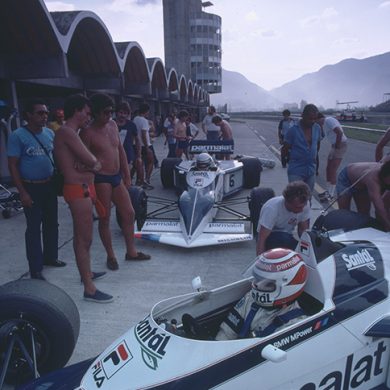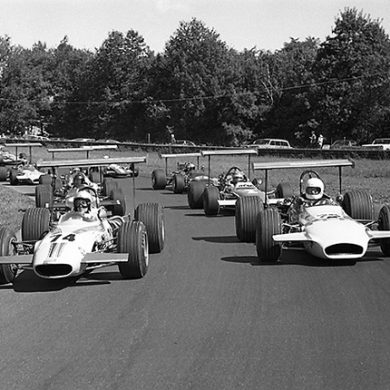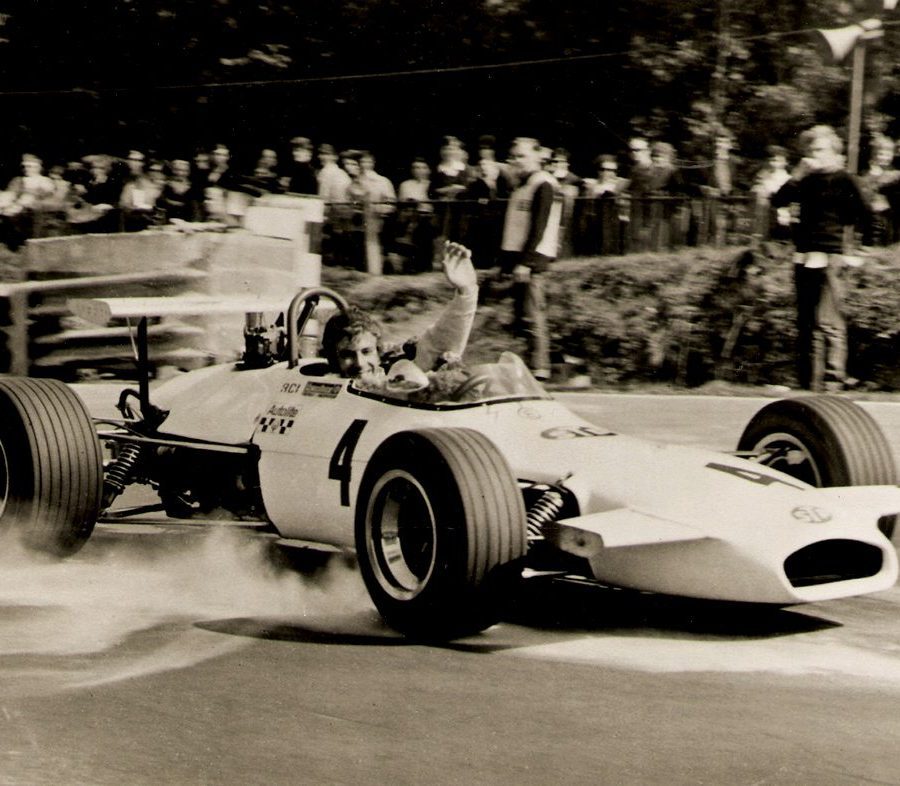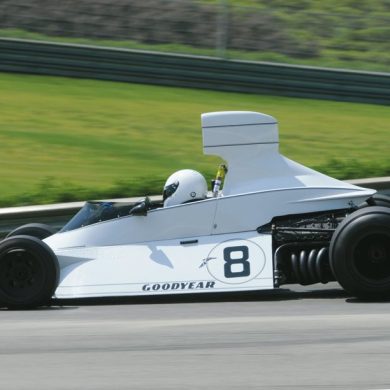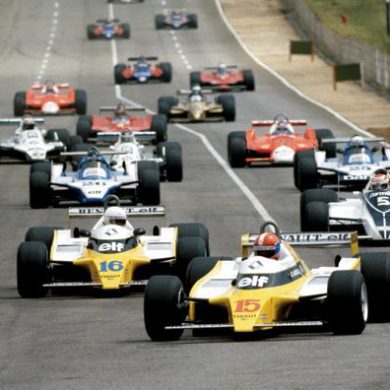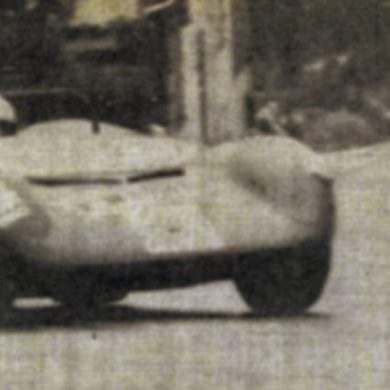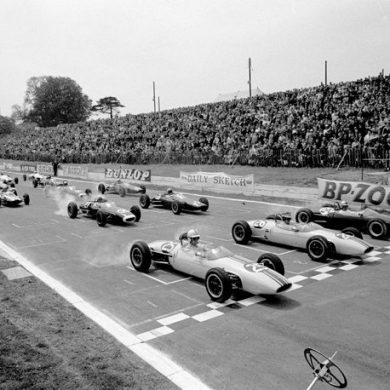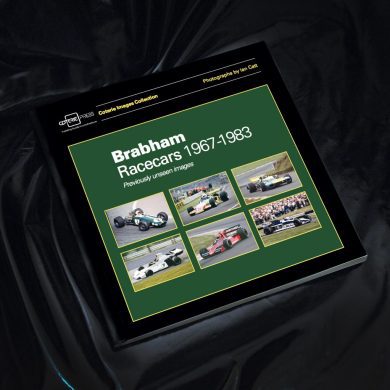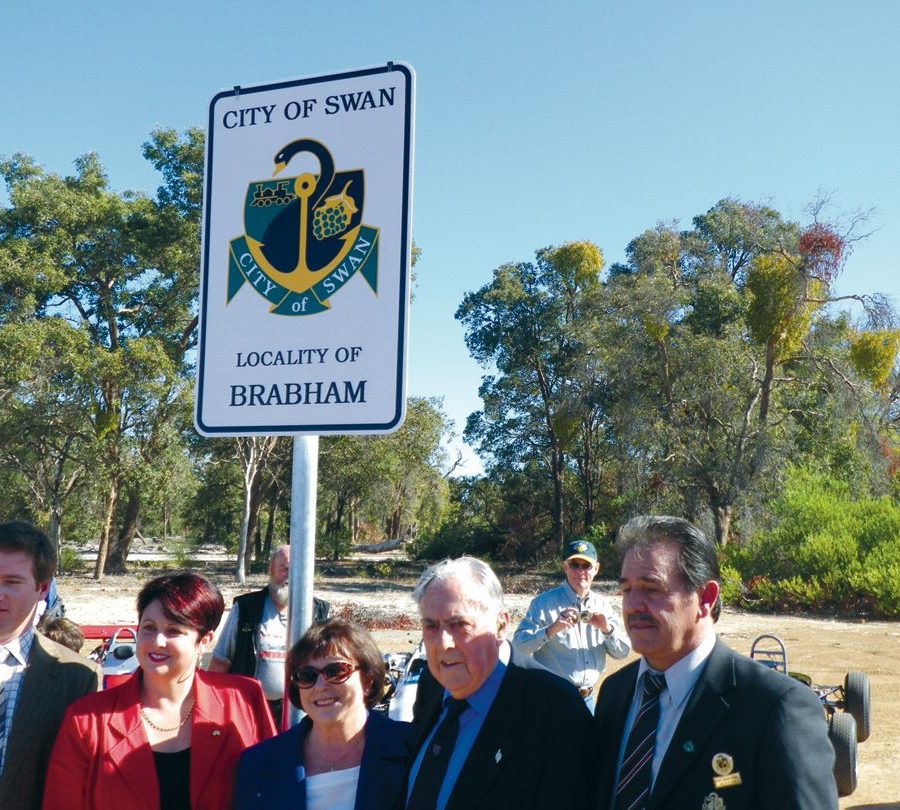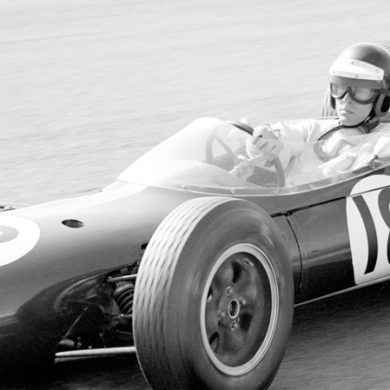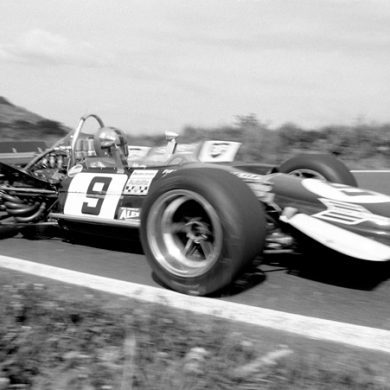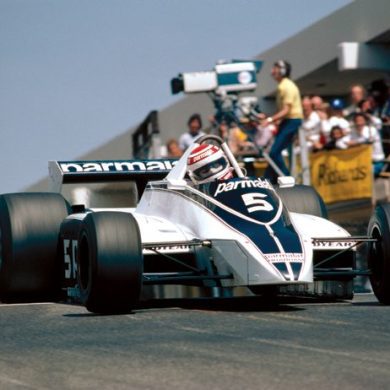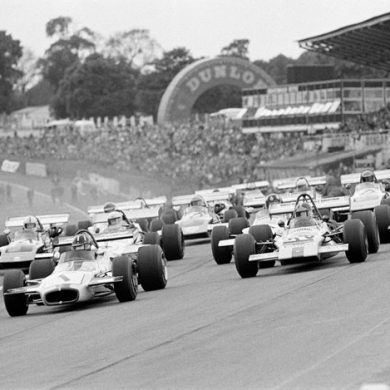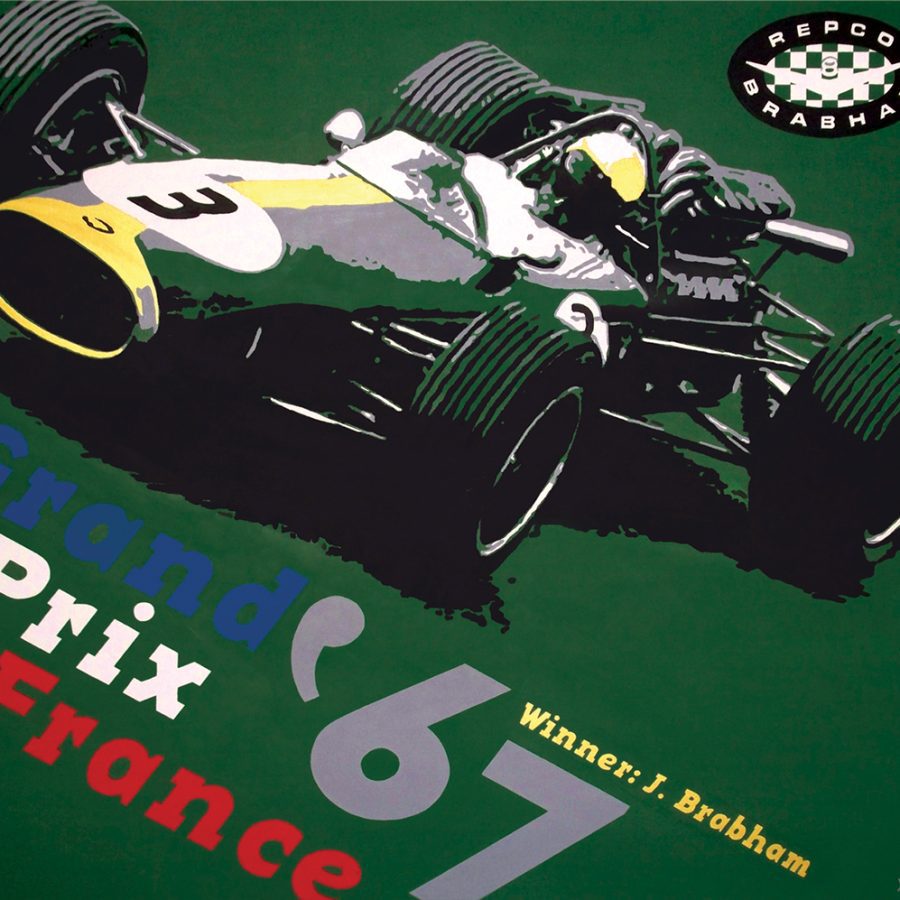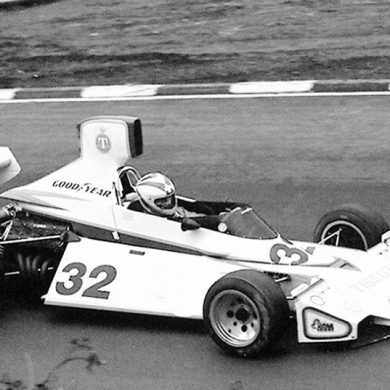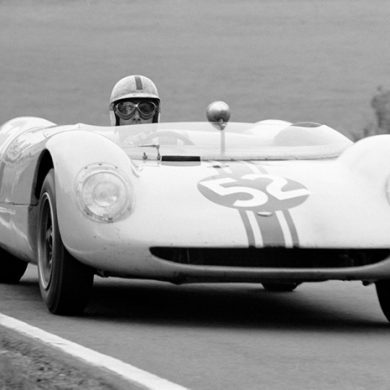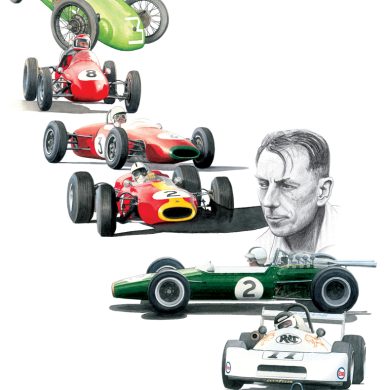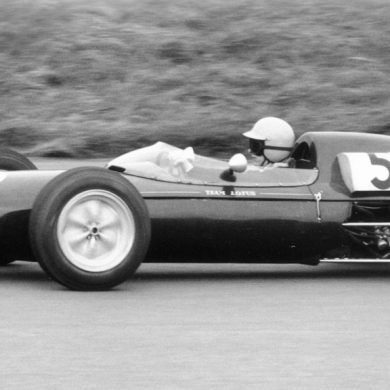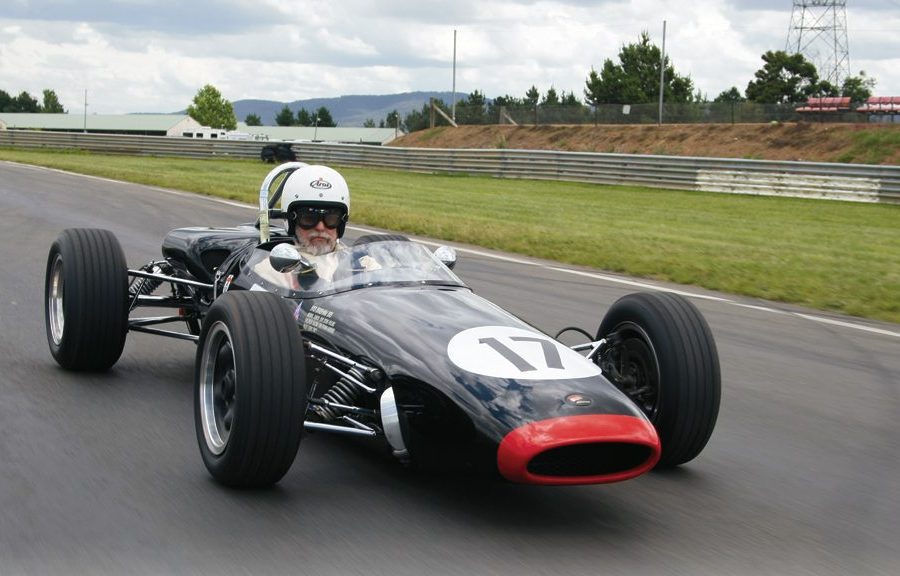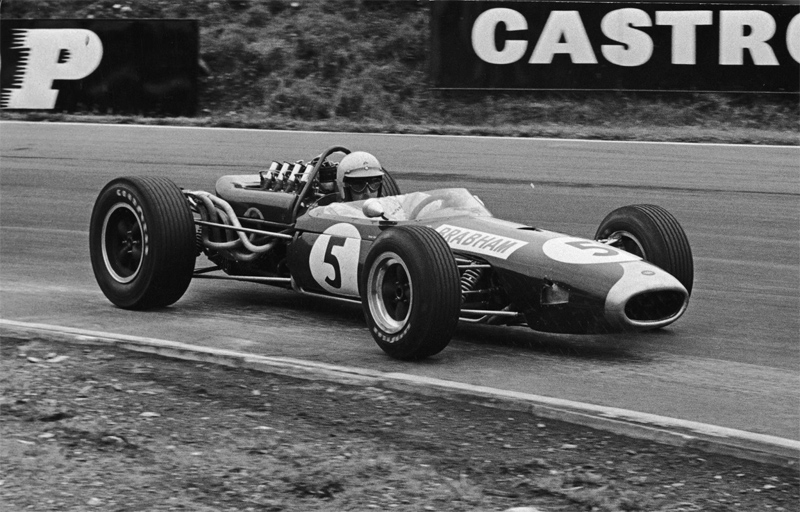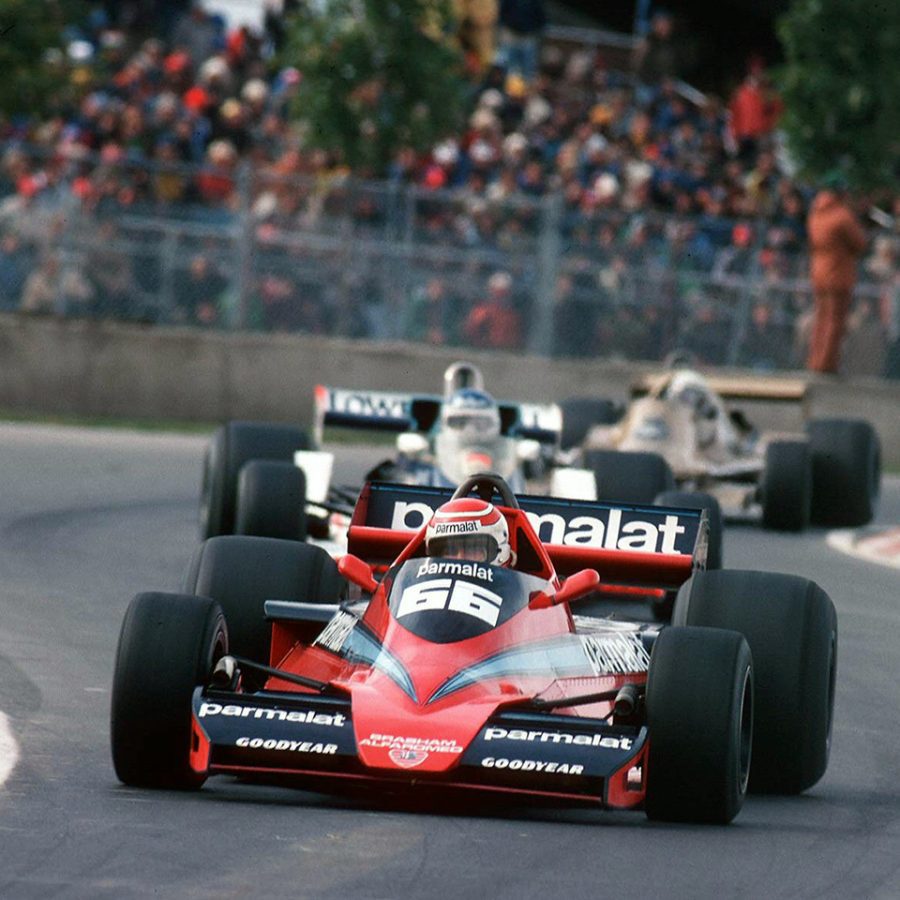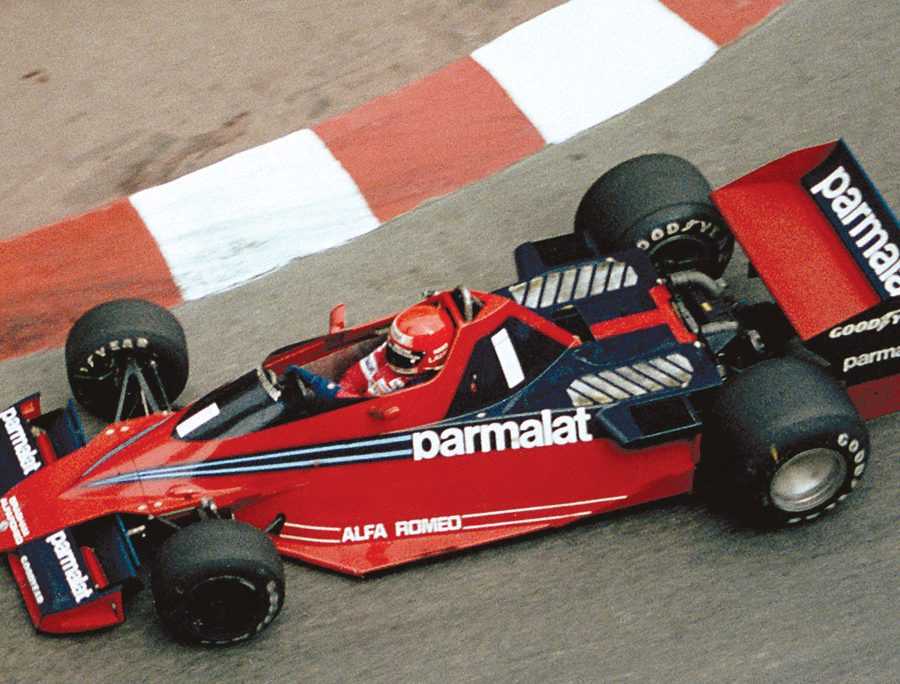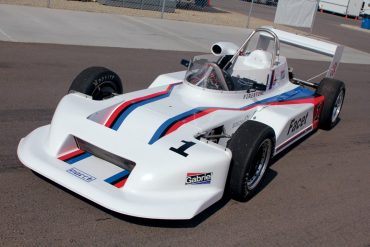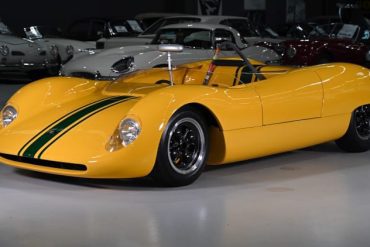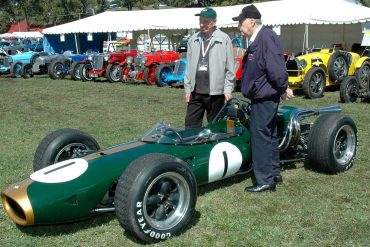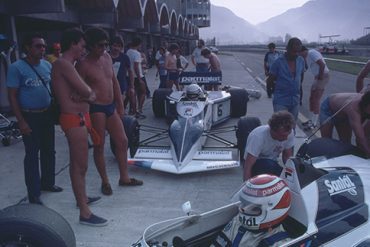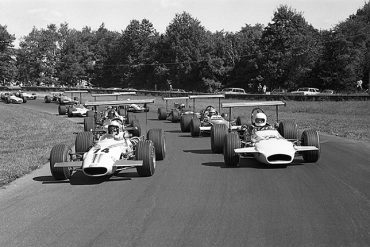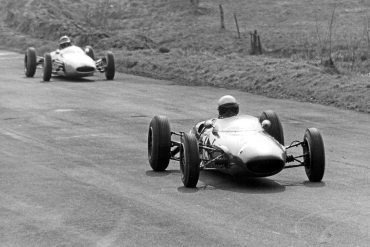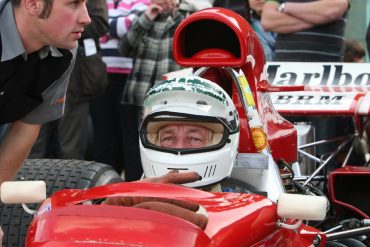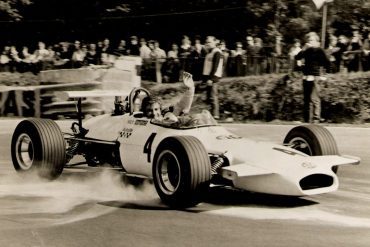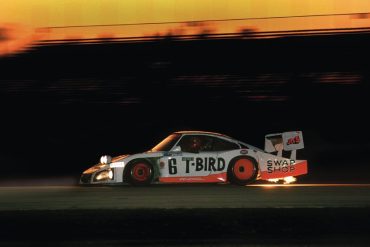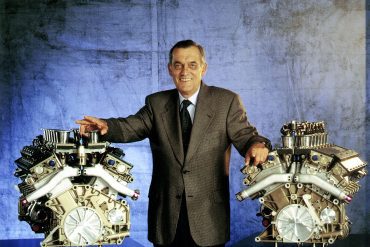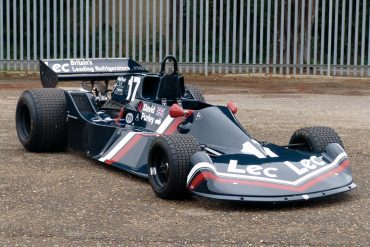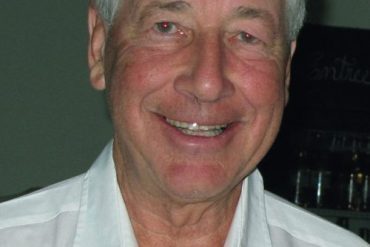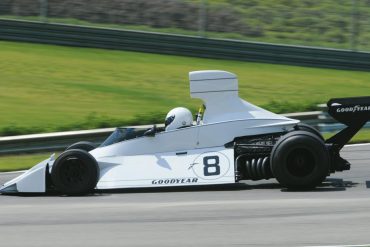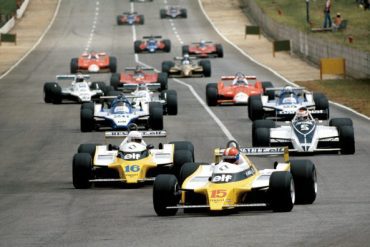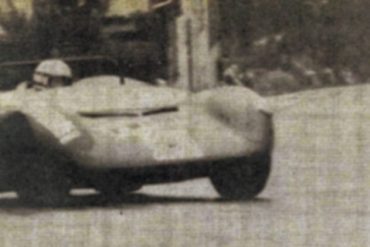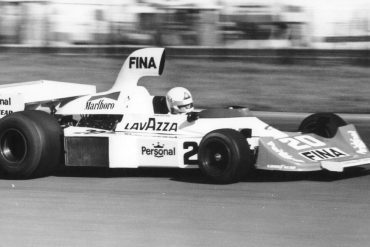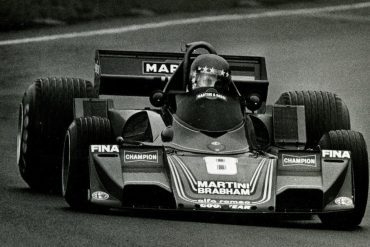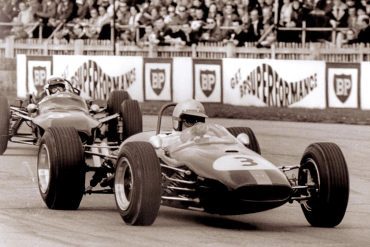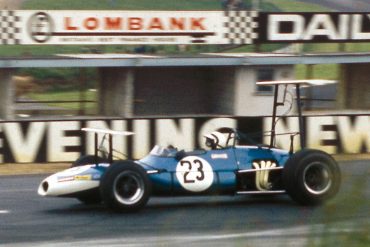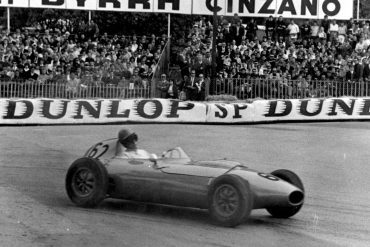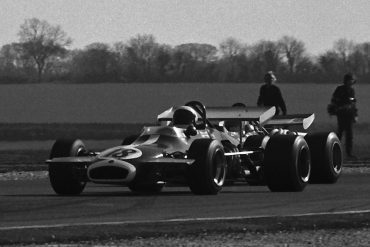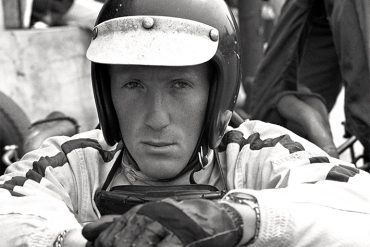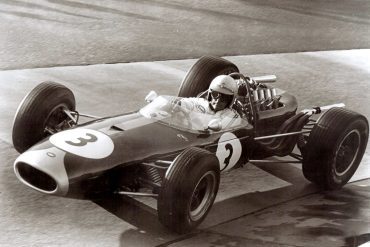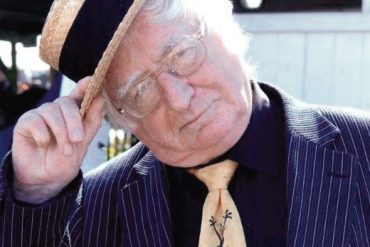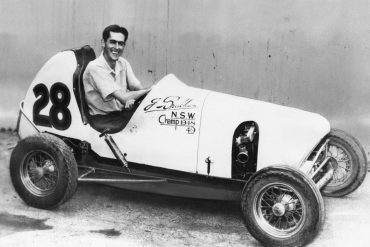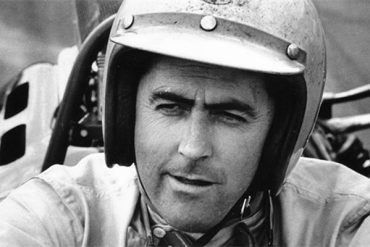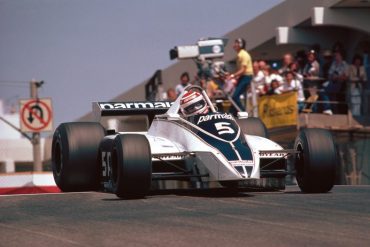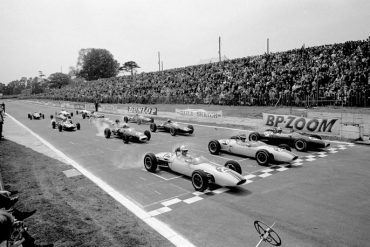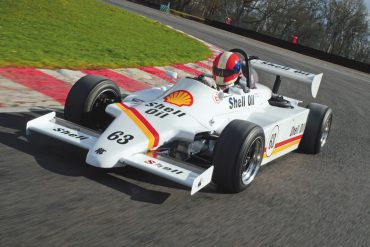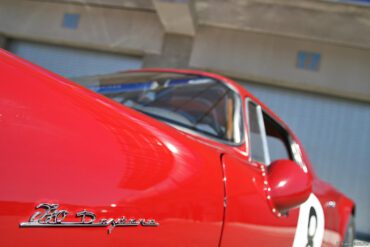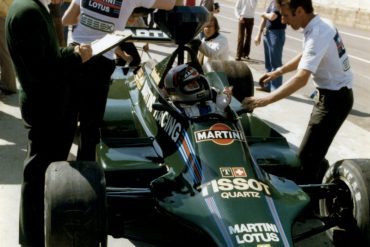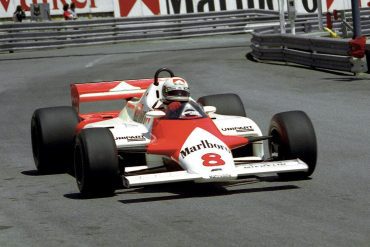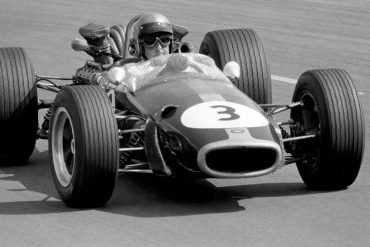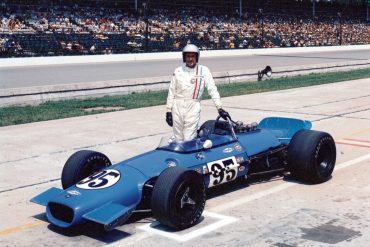
Brabham
Research, History, Reviews, Media & More
Introduction / Featured Stories / Model Guides / News & Updates
Brabham Racing: A Legacy of Innovation and Success in Formula One
Brabham is one of the most storied names in motorsport, known for its success in Formula One and its legacy of innovation. Founded by the legendary Australian driver Jack Brabham, the Brabham race team has made significant contributions to the world of motorsport, from groundbreaking car designs to historic victories on the track. This post delves into the founding of Brabham, its evolution in Formula One, key car models, and the milestones that defined the team's remarkable journey.
The Founding: Jack Brabham’s Vision
Brabham Racing was founded in 1962 by Jack Brabham, a three-time Formula One World Champion, and engineer Ron Tauranac. After driving for Cooper Cars and becoming the first person to win the Formula One World Championship in a rear-engine car in 1959, Jack Brabham sought to create his own team. He wanted to combine his driving talent with Tauranac’s engineering expertise to build competitive racing cars. The team's original name was Motor Racing Developments (MRD), but it was quickly rebranded as Brabham.
Their goal was simple: to build fast, reliable, and innovative race cars capable of competing at the highest level. With Jack Brabham behind the wheel and Ron Tauranac developing the cars, the team quickly established itself as a force to be reckoned with in Formula One.
The Evolution of Brabham: A Journey Through Formula One
Brabham’s rise to prominence in the world of Formula One is marked by several key developments and milestones:
Early Years and First Victories (1960s):
The Brabham team entered Formula One in 1962, with Jack Brabham driving their first cars, the BT3. While initial results were modest, Brabham and Tauranac quickly refined their designs. By 1964, the team had scored its first Grand Prix victory with American driver Dan Gurney at the French Grand Prix.
The success continued, and in 1966, Jack Brabham made history by becoming the only driver ever to win the Formula One World Championship in a car bearing his own name, the Brabham BT19. This victory cemented Brabham’s legacy as both a driver and constructor, marking one of the greatest achievements in motorsport history.
The Cosworth-Ford Era and Nelson Piquet’s Success (1970s-1980s):
After Jack Brabham retired from driving in 1970, the team was sold to Bernie Ecclestone, who transformed Brabham into a more commercial and competitive outfit. Under Ecclestone's management, Brabham adopted the powerful Cosworth-Ford DFV engine, which powered many successful Formula One cars during the 1970s.
One of Brabham’s standout drivers during this period was Brazilian Nelson Piquet, who joined the team in 1978. Piquet brought the team back to the top, winning two Formula One World Championships in 1981 and 1983, driving the Brabham BT49 and BT52, respectively. Piquet’s success marked the height of Brabham’s competitive era in the modern Formula One era.
Innovative Ground Effect Cars (1970s):
In the late 1970s, Brabham became known for pushing the boundaries of car design with the introduction of ground effect aerodynamics. The Brabham BT46B, also known as the “fan car,” was one of the most innovative designs of the time. It used a fan to create extra downforce by sucking air from beneath the car, giving it superior grip and speed.
The fan car was so effective that it won the 1978 Swedish Grand Prix, but it was immediately banned after one race due to concerns about safety and fairness. Despite its brief appearance, the fan car remains a symbol of Brabham’s willingness to experiment with radical engineering solutions.
Turbocharged Brabham Cars and the BMW Partnership (1980s):
In the 1980s, Brabham was at the forefront of Formula One’s turbocharged era. In partnership with BMW, the team developed one of the most powerful turbocharged engines in the sport. The BMW-powered Brabham BT52, driven by Nelson Piquet, secured the 1983 Formula One World Championship, marking Brabham’s last title win.
The turbocharged BMW engines were known for their exceptional power, with some producing over 1,000 horsepower in qualifying trim. Brabham’s success during this period further solidified its reputation as a cutting-edge team in Formula One.
Challenges and Decline (1990s):
After the successes of the 1980s, Brabham began to struggle in the 1990s. The team faced financial difficulties, and the competitive landscape of Formula One became increasingly challenging. Despite fielding several talented drivers and attempting to develop competitive cars, Brabham could not maintain its previous levels of success.
In 1992, after a long and storied history in Formula One, Brabham Racing withdrew from the championship due to financial troubles, marking the end of an era for one of the sport’s most successful and innovative teams.
Iconic Brabham Cars: Models That Defined the Brand
Over its decades of racing, Brabham developed a number of iconic race cars that left a lasting impact on Formula One:
Brabham BT19 (1966): The car in which Jack Brabham won the 1966 World Championship, becoming the first driver to win in a car bearing his own name. It was powered by the Repco V8 engine and became a symbol of Brabham’s engineering prowess.
Brabham BT46B “Fan Car” (1978): One of the most innovative designs in Formula One history, the BT46B used a fan to create ground effect downforce. It won its only race but was banned after concerns over its legality.
Brabham BT49 (1980-1981): Driven by Nelson Piquet, the BT49 was powered by the Ford Cosworth DFV engine and helped Piquet win his first World Championship in 1981.
Brabham BT52 (1983): Powered by a turbocharged BMW engine, the BT52 was one of the fastest cars of its time. It helped Nelson Piquet secure his second World Championship in 1983.
Special Milestones and Achievements
Brabham achieved several significant milestones during its time in Formula One:
First and Only Driver to Win in His Own Car: Jack Brabham’s 1966 World Championship remains unique in motorsport history, as no other driver has won a Formula One title in a car they designed and built themselves.
Two-Time World Champion Nelson Piquet: Nelson Piquet won two World Championships with Brabham, in 1981 and 1983, cementing the team’s place as a dominant force during this period.
Pioneering Ground Effect and Turbo Technology: Brabham was known for its willingness to experiment with groundbreaking designs, such as the fan car and turbocharged engines, which pushed the limits of Formula One engineering.
Innovative Pit Stop Strategies: In the 1980s, Brabham was one of the first teams to perfect the art of the pit stop, reducing pit times and changing race strategies by refueling during races—something that became a key part of modern Formula One.
The Enduring Legacy of Brabham
Despite its eventual decline, Brabham’s impact on Formula One and motorsport as a whole remains significant. The team’s innovative designs, strategic thinking, and engineering excellence have left a lasting legacy in the sport. Brabham is remembered for its pioneering approach to car design, its championship victories, and its role in shaping the modern era of Formula One.
In recent years, the Brabham name has been revived by David Brabham, Jack Brabham’s son, through the creation of Brabham Automotive. The new company has launched the Brabham BT62, a high-performance track car that carries forward the brand’s tradition of innovation and excellence.
Brabham Basics
Base: Chessington, United Kingdom (1962–1989), Milton Keynes, United Kingdom (1990–1992)
Founder(s): Jack Brabham, Ron Tauranac
Noted drivers: Jack Brabham, Dan Gurney, Denny Hulme, Jochen Rindt, Jacky Ickx, Silvio Moser, Graham Hill, Carlos Reutemann, Niki Lauda, Nelson Piquet, Riccardo Patrese, Elio de Angelis, Derek Warwick, Stefano Modena, Martin Brundle, David Brabham, Damon Hill, Héctor Rebaque, John Watson, Carlos Pace
Formula One World Championship Data
First entry: 1962 German Grand Prix
Races entered: 403 entries (394 starts)
Engines: Climax, Repco, Ford, Alfa Romeo, BMW, Judd, Yamaha
Constructors' Championships: 2 (1966, 1967)
Drivers' Championships: 4 (1966, 1967, 1981, 1983)
Race victories: 35
Podiums: 120
Points: 832
Pole positions: 40
Fastest laps: 41
Final entry: 1992 Hungarian Grand Prix





